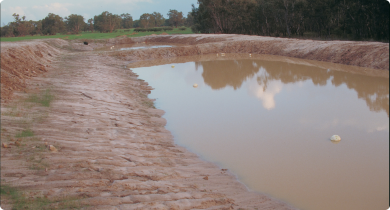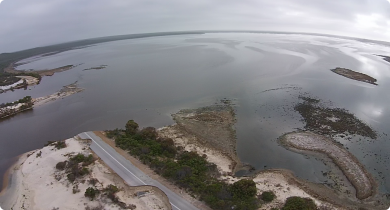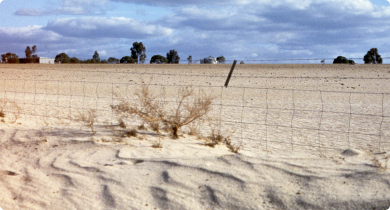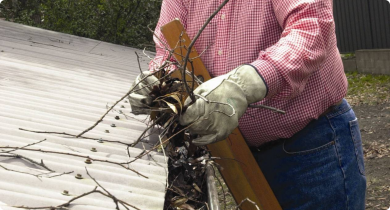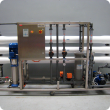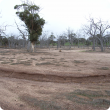Climate, land & water
Western Australia’s agriculture sector needs access to productive soil and water resources for growth and profit. However, the sector must compete with increasing resource demands from all sectors of the community, and the pressures of a changing climate. The Agriculture and Food division of the Department of Primary Industries and Regional Development supports agriculture by providing long-term management solutions, practical risk management strategies and tools to maintain and improve resource conditions, to meet the needs of industry and stakeholders. Agriculture and Food is also pioneering soil and water investigation of the state’s undeveloped areas to establish new irrigated agricultural industries.
Articles
Pages
Filter by search
Filter by topic
- Soils (17) Apply Soils filter
- (-) Remove Water filter Water
- Managing soils (17) Apply Managing soils filter
- (-) Remove Soil salinity filter Soil salinity
- Water management (11) Apply Water management filter
- Resource assessment (6) Apply Resource assessment filter
- Crops (6) Apply Crops filter
- Land use (5) Apply Land use filter
- Waterlogging (2) Apply Waterlogging filter
- Measuring and assessing soils (2) Apply Measuring and assessing soils filter
- Water erosion (1) Apply Water erosion filter
- Grains (1) Apply Grains filter
- Report card on conditions and trends (1) Apply Report card on conditions and trends filter

